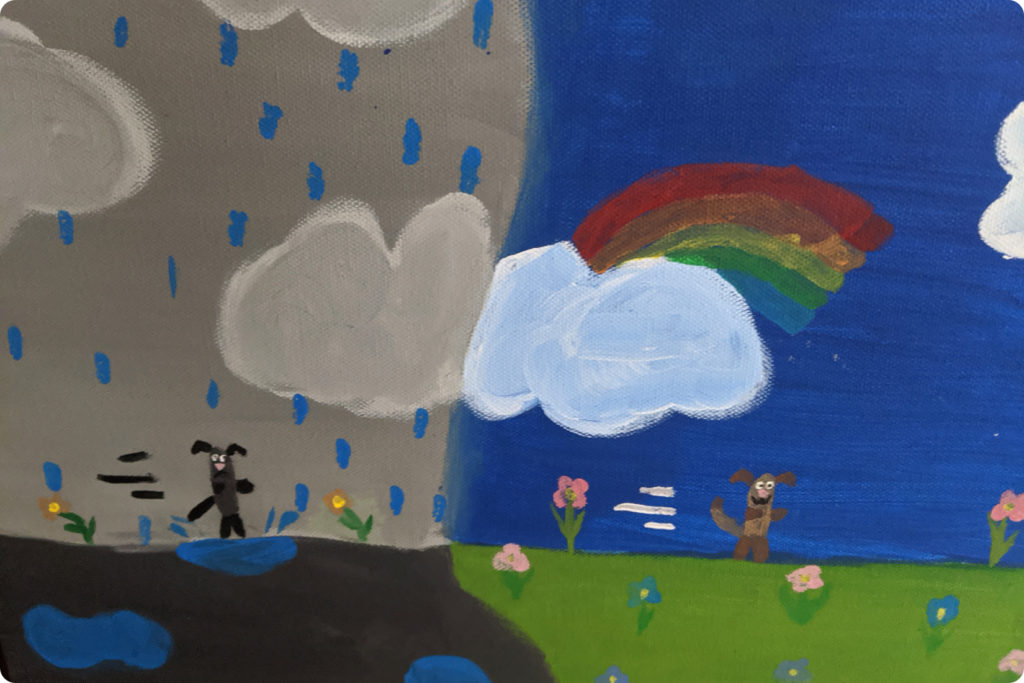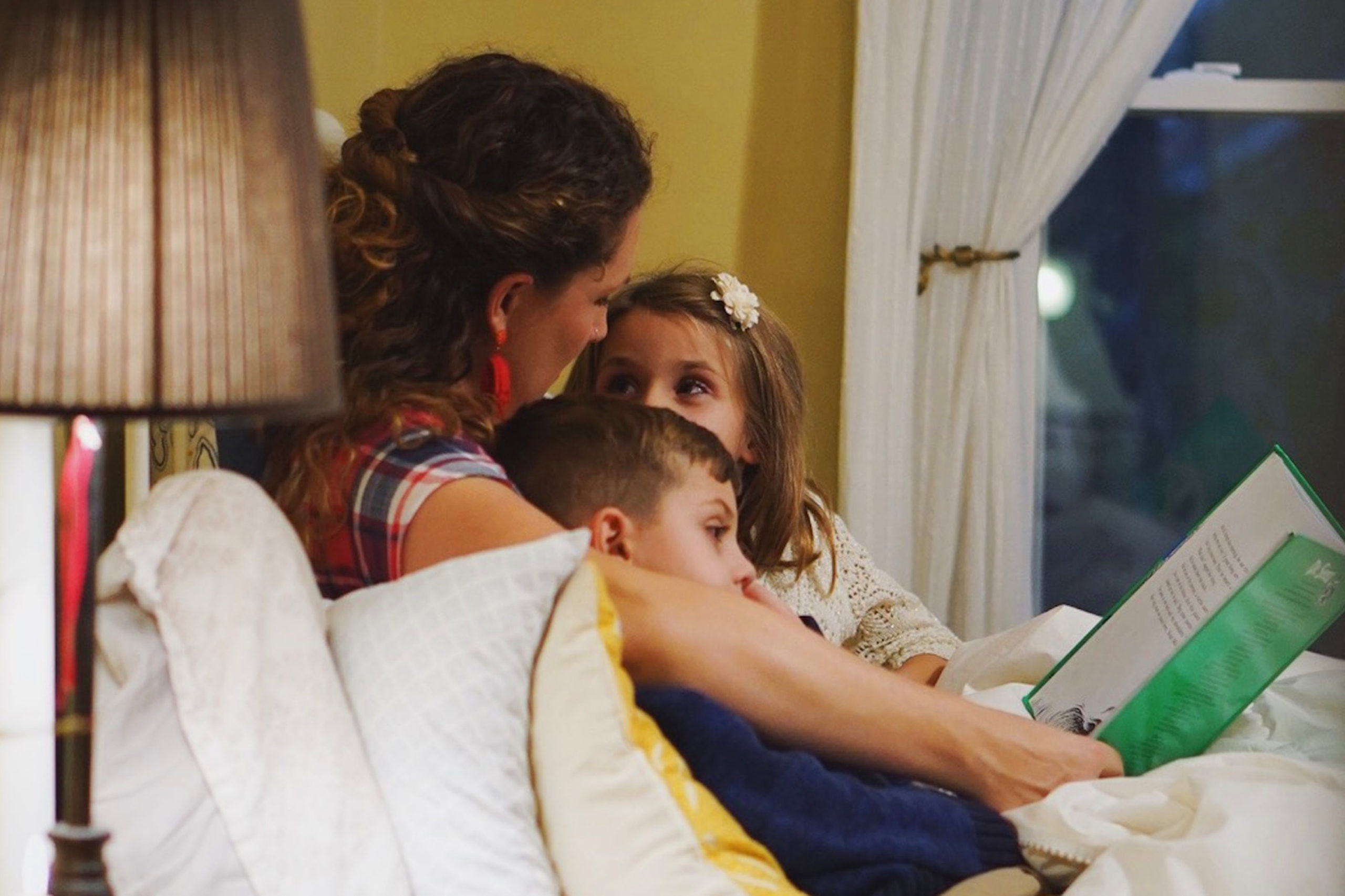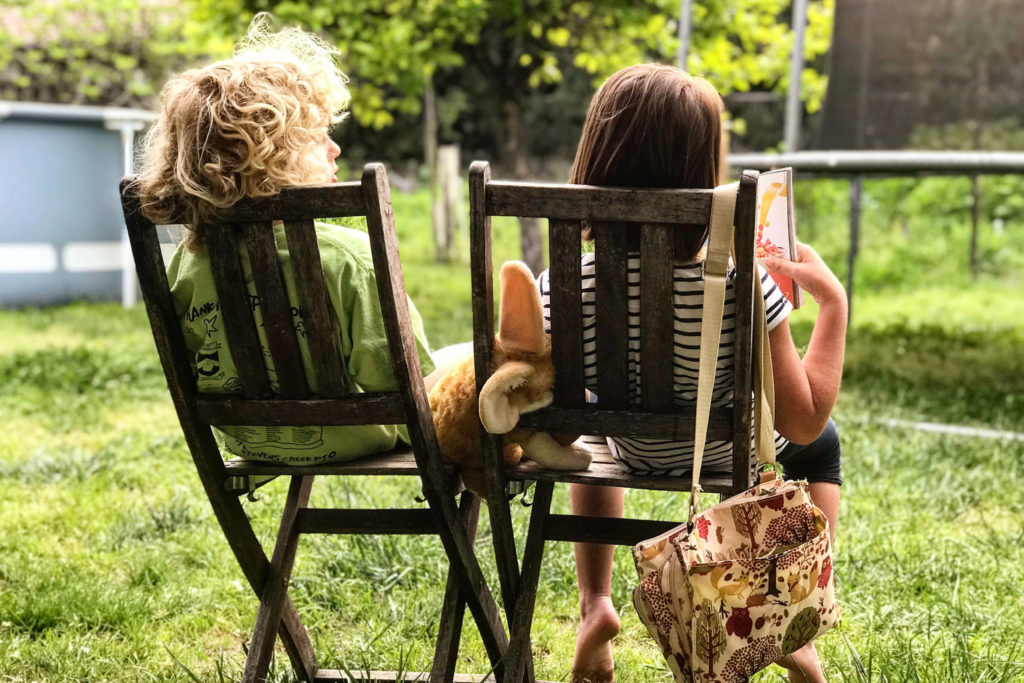Wow, we’re all feeling the feelings these days, aren’t we?
And children have less experience with navigating a range of feelings so they are REALLY feeling it. In the last few weeks I’ve witnessed worry, sadness, impatience, grief, silliness, neediness, and downright grouchiness in the children in my life.
Sometimes books need to be our escape from reality, and sometimes they need to help us dig into reality and wrap our heads around how to cope.
We’ve got a million “great escape” books up our sleeves, but in this blog we’ll share some books that dig into the reality of challenging feelings.
Below you’ll find books and activities that are appropriate for various ages around the concept of “Navigating Feelings.”
Readings & Resources
SEARCH BY GRADE LEVEL…
– Connie O & Mandy G, NEW BOOK JOY Founders

Bridging Books & Art
There is nothing better than creating images in your mind, while reading. It is almost like experiencing a movie, while getting immersed in a novel! Not only does it help you feel closer to the characters, but helps you become more excited about what is going to happen next. Talk about a great way to build your own suspense!
Art is also a wonderful connection with reading because it can help you get more attuned with the book’s topics or themes.
You have the opportunity to look at something visual and ponder about what the reading adventure will offer. You have the opportunity to make various connections between what you see in the piece of art and what you read in the book.
We’re excited to include a piece of art with each theme, in order for families to enjoy something visual along with their reading conversations and experiences!
NOW HIGHLIGHTING
Navigating Your Emotions by Isa Hettinger

For the theme Navigating Your Emotions, my friend’s daughter, Isa, created a piece of art for NEW BOOK JOY. Isa completed a painting about what she “saw” when she thought about “navigating your emotions.”
The painting represents how sadness is never too far away from happiness.
The happy side of the painting shows how it is possible to stay positive even when being chased by darkness, the sad side of the painting. Isa hopes this painting can remind those who are navigating through the darkness to keep searching for the light.
Family Activity
As a reading specialist, I find it surprising to observe how many kiddos don’t visualize when they read.
I find this especially worrisome when kids are entering second grade and are moving from texts with lots of picture support to texts that have very little. Important clues for inferring meaning are built into the author’s vivid descriptions of the characters, setting, and events.
Without that “movie in their head,” kids lose critical information to help them make sense of the story.
When we were shifting into remote learning, I wanted to support one of my second grade students with making inferences, so I told her I’d read aloud a short chapter from one of my favorite books at the start of every lesson (Saving Winslow by Sharon Creech). Her first response when I started reading was, “But I can’t see the pictures!” I had to explain that there weren’t any to see and she had to create them in her mind. We did lots of discussion as we read to check her understanding. It was one of the most valuable things we did together to get her ready for third grade. It was like she was using brain muscles she’d never used before.
My theory is that we are losing those muscles a bit across the generations. Remember when our grandparents only had radio to entertain them? Strong visualization required there! In the present day, images bombard us; not much visualization is required.
So, what can parents do to give kids a chance to build those muscles?
- Read Aloud & Talk About Books – Choose chapter books with content well-suited for their age. These should be 1-2 years above the level they could read themselves, so you are paving the way for their later reading and understanding. Some great suggestions are linked here:
- Sketch to Stretch – Keep a sketchbook and pencil handy wherever you read aloud. (Or a white board. Or a chalk board. Or butcher paper on a table.) Stop at an interesting point during the read aloud and sketch together about what’s happening in the book for 3 minutes. Nothing fancy needed, because as you are sketching you are talking about the details you are adding, why you are adding them, and maybe developing some questions or predictions.
- Act It Out – If you’re feeling playful, choose one scene and each of you pick a character. Putting actions to the author’s words requires lots of visualization and inference.
Food for Thought
Additional Articles from our Favorite Authors
How Do We Help Our Children Navigate Through This Time?
– Beth H, NEW BOOK JOY Guest Contributor
Navigating Feelings: How to Not Get Lost in Your Emotions
– Matthew L, NEW BOOK JOY Guest Contributor
Be Not Far From Me – Author Chat
– Mindy McGinnis, NEW BOOK JOY Guest Contributor
Conversation
What books help YOU & your family during difficult times?
Let’s get a conversation started in the comments below!








